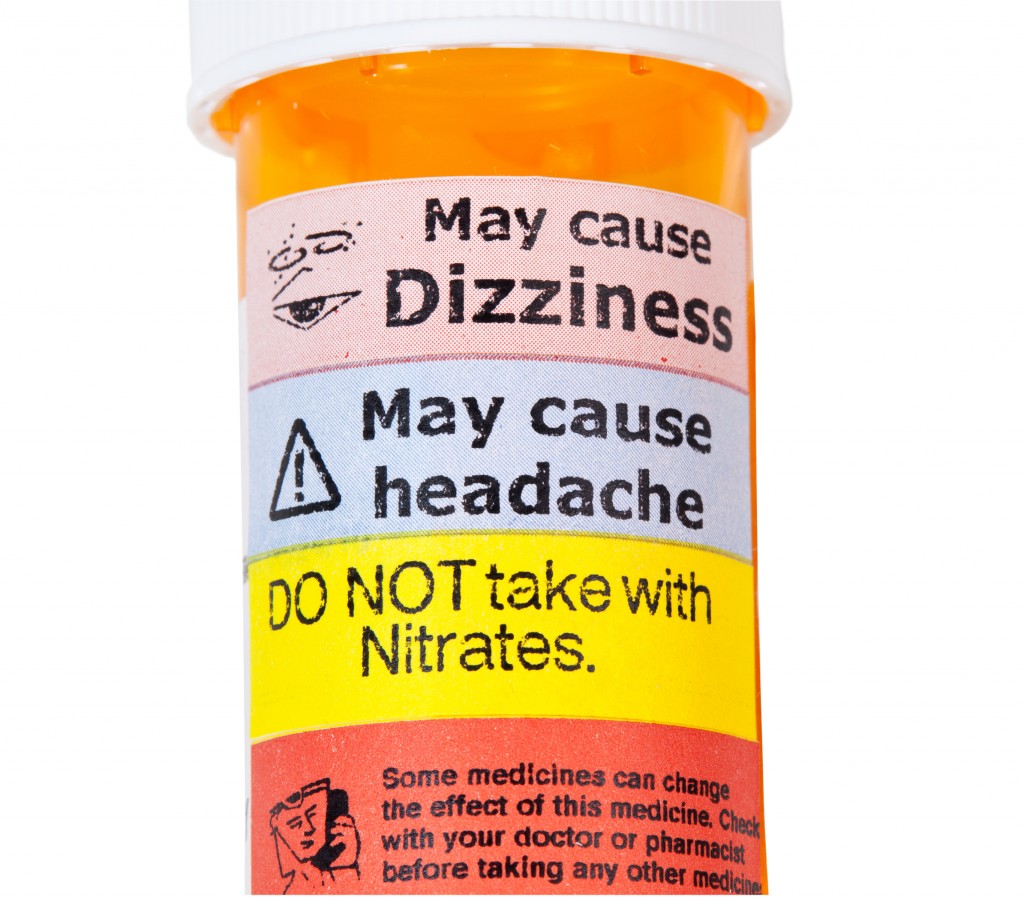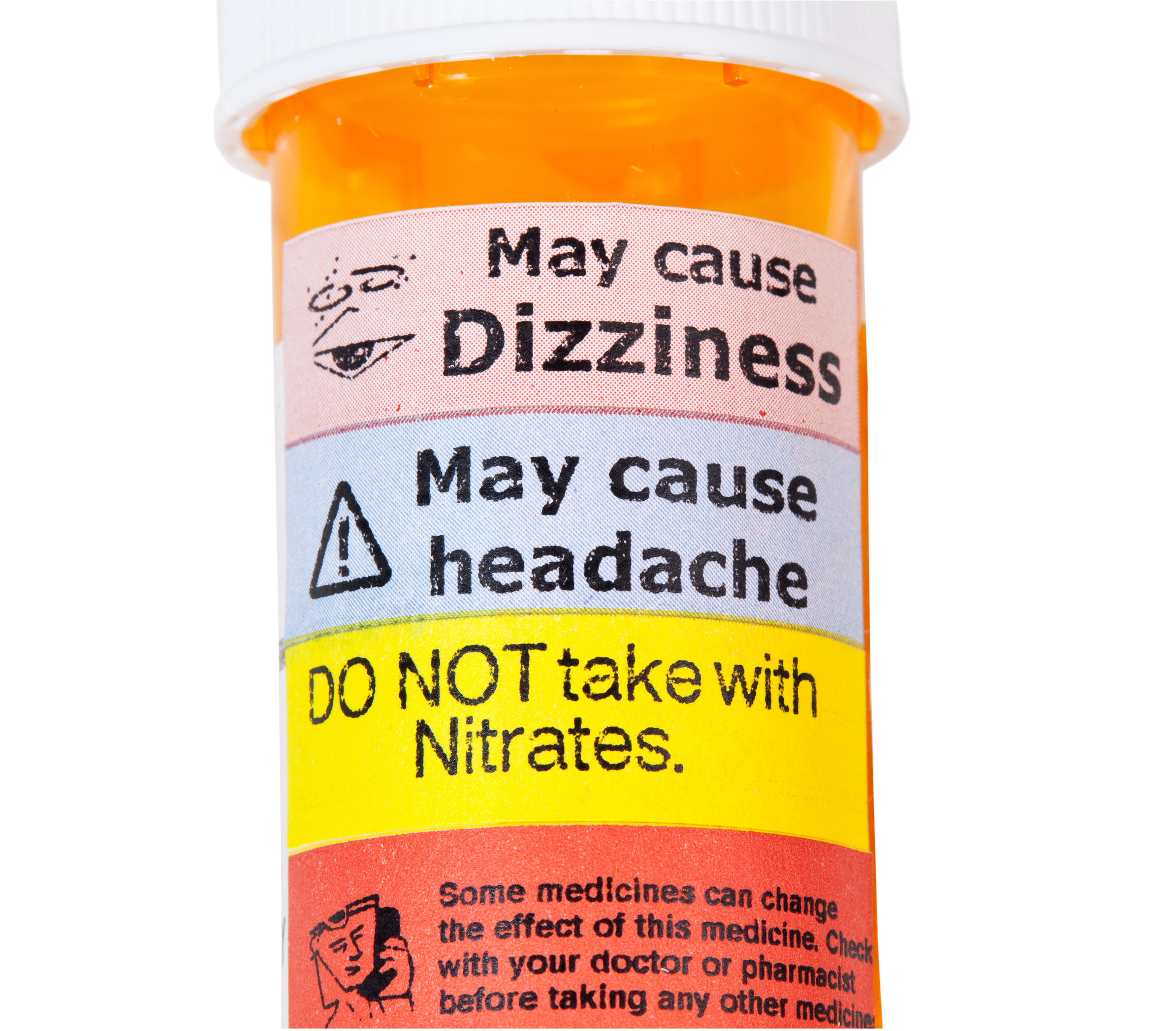
Dr. Yael Steinhart of Tel Aviv University’s Recanati Business School, along withProf. Ziv Carmon of INSEAD in Singapore and Prof. Yaacov Trope of New York University, has shown that warning labels can actually prompt consumers to buy more of the potentially harmful product. The reason: The warnings tend to encourage trust in the manufacturers.
“We showed that warnings may immediately increase concern and decrease consumption,” said Dr. Steinhart. “But over time, they paradoxically promote trust in a product and consequently lead to more positive product evaluation and more actual purchases.”
The study is based on an idea called “the construal-level theory” (CLT), developed by Prof. Trope and Prof. Nira Liberman of TAU’s School of Psychological Sciences.
When thinking about objects over a period of time, people tend to construe them abstractly, emphasizing what they describe as “high-level features” and suppressing “low-level features.” The high-level feature of warning labels is that they build trust in consumers by creating the impression that all the relevant information about the products is being presented. The low-level feature of warning labels is that they make consumers more aware of the products’ negative side effects.
The CLT holds that over long periods of time, consumers deemphasize side effects and emphasize the feeling of trust communicated by warnings over time. Ironically, this may increase the purchase, consumption, and assessment of the associated products.
To test this prediction, the researchers ran a series of experiments. In one experiment, they showed smokers one of two ads for an unfamiliar brand of cigarettes: either with or without a health warning. When smokers were told the cigarettes would arrive the next day, the warning worked — decreasing the number of cigarettes purchased by an average of 75 percent compared to a group that was not shown the warning. But when smokers were told the cigarettes would arrive in three months, the warning backfired — the number of cigarettes purchased increased by an average of 493 percent compared to a group that was not shown the warning.
The research was published in Psychological Science. The findings have important implications for regulators and managers in fields including consumer products, healthcare, and finance.
Photo illustration by Shutterstock
Fighting for Israel's truth
We cover what makes life in Israel so special — it's people. A non-profit organization, ISRAEL21c's team of journalists are committed to telling stories that humanize Israelis and show their positive impact on our world. You can bring these stories to life by making a donation of $6/month.





